The error Crbug/1173575, non-JS module files deprecated occurs basically when you are running the projects in VSCode with launch.json for debugging the application. In this tutorial, we will check what is Crbug/1173575, non-JS…
[Solved] Importerror: libgl.so.1: cannot open shared object file: no such file or directory
If you are using cv2 or opencv-python and then building the application through docker you will get an importerror: libgl.so.1: cannot open shared object file: no such file or directory. In…
Python List remove()
Python List remove() is a built-in function that removes the first occurrence element from the list. In this tutorial, we will learn about the Python list remove() method with the help of examples.…
Python List insert()
Python List insert() is a built-in function that inserts the given element at a specified index. In this tutorial, we will learn about the Python list insert() method with the help of examples.…
Python List extend()
The extend() method in Python adds the iterable elements (list, tuple, string etc.) to the end of the list. The length of the list is increased by the number of elements present…
Python List append()
The append() method in Python adds an element to the end of the list. After appending the new element, the size of the list increases by one. In this tutorial,…
Python List index()
The Python list index() is a built-in function that searches for a given element from the start of the list and returns the lowest index where the element appears in…
Unable to resolve dependency tree error when installing npm packages
If you install the node modules using the latest node.js and npm version 7, you will get an error Unable to resolve dependency tree error when installing npm packages. In this…
[Solved] Error: command errored out with exit status 1
If you are installing auto-py-to-exe package on Python 3.8 or below, you will get an error stating ERROR: Command errored out with exit status 1: python setup.py egg_info Check the logs for full…
[Solved] error:0308010C:digital envelope routines::unsupported
The error:0308010C:digital envelope routines::unsupported is mainly observed while creating the react application using the Node.JS version 17 or above and using the webpack@4 version. In this tutorial, we will look at what…
[Solved] ImportError: cannot import name ‘json’ from itsdangerous
If you are deploying and running the flask application(1.1.2) using the Docker containers, you will get ImportError: cannot import name ‘json’ from itsdangerous In this article, we will look at what…
[Solved] Error in plot.new() : figure margins too large
The error in plot.new() : figure margins too large occur if the plot panel in the RStudio is too small for the margins you are trying to create. In this…
Support for password authentication was removed. Please use a personal access token instead
If you perform Git operations and try to authenticate using the account username and password, you will get an error remote: Support for password authentication was removed on August 13,…
Python was not found; run without arguments to install from the Microsoft Store, or disable this shortcut from Settings > Manage App Execution Aliases.
If you have not installed Python on your windows machine or if the path environment variables are not set properly in windows you will get Python was not found error.…
AttributeError: Can only use .str accessor with string values
The AttributeError: Can only use .str accessor with string values, which use np.object_ dtype in pandas occurs if you try to replace the values of string column, but in reality,…
TypeError: method() takes 1 positional argument but 2 were given
If you define a method inside a class, you should add self as the first argument. If you forget the self argument, then Python will raise TypeError: method() takes 1 positional…
[Solved] ImportError: No module named matplotlib.pyplot
The ImportError: No module named matplotlib.pyplot occurs if you have not installed the Matplotlib library in Python and trying to run the script which has matplotlib related code. Another issue…
Python TypeError: ‘float’ object is not callable
The TypeError: ‘float’ object is not callable error occurs if you call floating-point value as a function or if an arithmetic operator is missed while performing the calculations or the reserved…
TypeError: ‘builtin_function_or_method’ object is not subscriptable
In Python, Built-in functions are not subscriptable, if we use the built-in functions as an array to perform operations such as indexing, you will encounter TypeError: ‘builtin_function_or_method’ object is not subscriptable.…
TypeError: can only concatenate str (not “int”) to str
In Python, we can concatenate values if they are of the same type. Let’s say if you concatenate a string and an integer you will get TypeError: can only concatenate…
TypeError: only size-1 arrays can be converted to python scalars
We get this error generally while working with NumPy and Matplotlib. If you have a function that accepts a single value, but if you pass an array instead, you will…
How to Install Seaborn in Python using the Pip command
This tutorial will learn how to install Seaborn in Python using the Pip command. Seaborn is a library for making statistical graphics in Python. It is built on top of matplotlib…
[Solved] Uncaught SyntaxError: cannot use import statement outside a module
The Uncaught syntaxerror: cannot use import statement outside a module occurs if you have forgotten to add type=”module” attribute while loading the script or if you are loading the src…
How to Fix: module ‘pandas’ has no attribute ‘dataframe’
We get AttributeError: module ‘pandas’ has no attribute ‘dataframe’ when the Pandas module is unable to resolve and initialize the DataFrame class. The AttributeError usually occurs if the class is not…
How to Add a Title to Seaborn Plots
There are four different methods to add a title to seaborn plots. Let us explore each of these methods in detail with examples. Method 1: Using set() method The set()…
How to Create a Pie Chart in Seaborn
We do not have any built-in function to create Pie chart in seaborn, but with the help of Matplotlib, we can create a pie chart and leverage seaborn for color…
Python PermissionError: [Errno 13] Permission denied
If we provide a folder path instead of a file path while reading file or if Python does not have the required permission to perform file operations(open, read, write), you…
Calculate Euclidean Distance in Python
In this article, we will be using the NumPy and SciPy modules to Calculate Euclidean Distance in Python. In mathematics, the Euclidean Distance refers to the distance between two points…
Python Print Variable
Python is one of the most versatile programming languages, and we can use the print statement in several ways to print a variable in Python. In this article, let us…
Adding new column to existing DataFrame in Pandas
In this article, we will look at different ways to adding new column to existing DataFrame in Pandas. Let us create a simple DataFrame that we will use as a…
How to Import CSV Files into R?
A comma-separated values (CSV) file is a delimited text file that uses a comma to separate the values. CSV files are popular formats for storing tabular data, i.e. data is…
Python String rstrip()
The Python String rstrip() method is a built-in function that strips trailing characters based on the arguments passed to the function and returns the copy of a string. Syntax The…
Python String lstrip()
The Python String lstrip() method is a built-in function that strips leading characters based on the arguments passed to the function and returns the copy of a string. Syntax The…
Python String strip()
The Python String strip() method is a built-in function that strips both leading and trailing characters based on the arguments passed to the function and returns the copy of a…
Python String split()
The Python String split() method is a built-in function that splits the string based on the specified separator and returns a list of strings. Syntax The Syntax of split() method is: str.split(separator,…
Python String rsplit()
The Python String rsplit() method is a built-in function that splits the string at the specified separator from the right side and returns a list of strings. Syntax The Syntax…
Python String title()
The Python String title() method is a built-in function that returns a string where the first character of each word is uppercase. It is also called a title case string.…
Python String zfill()
The Python String zfill() method is a built-in function that adds zeros (0) at the beginning of the string until it reaches the specified length and returns the copy of…
Python String isdecimal()
The Python String isdecimal() method is a built-in function that returns true if all the characters in a string are decimal. If one of the characters is not decimal in…
Python String rfind()
The Python String rfind() method is a built-in function that returns the substring’s highest index (last occurrence) in a given string. If not found, it returns -1. Syntax The Syntax…
Python String isidentifier()
The Python String isidentifier() method is a built-in function that returns true if the string is a valid identifier. If not it returns False. Syntax The Syntax of isidentifier() method is: string.isidentifier()…
Python String isprintable()
The Python String isprintable() method is a built-in function that returns true if all the characters in a string are printable or if the string is empty. If not, it…
Python String find()
The Python String find() method is a built-in function that returns the index of the first occurrence of a substring in a given string. If not found, it returns -1.…
Python String rindex()
The Python String rindex() method is a built-in function that returns the substring’s highest index (last occurrence) in a given string. If not found, it raises ValueError: substring not found…
Python String index()
The Python String index() method is a built-in function that returns the substring’s lowest index (first occurrence) in a given string. If not found, it raises ValueError: substring not found…
Pandas : How to Find Unique Values in a Column
We can find unique values of a column in Pandas DataFrame using the unique() function. The unique() method filters out only unique values from a dataframe column. In this tutorial,…
TypeError: ‘numpy.float64’ object cannot be interpreted as an integer
The TypeError: ‘numpy.float64’ object cannot be interpreted as an integer occurs if you pass a float value to a function like range() which accepts only integer. In this tutorial, let us look…
How to rename columns in Pandas DataFrame
Pandas is a useful library in data analysis, and Pandas DataFrame is Two-dimensional, size-mutable, potentially heterogeneous tabular data. In this tutorial, let’s see how to rename columns in Pandas DataFrame. There are…
AttributeError: ‘numpy.ndarray’ object has no attribute ‘index’
The AttributeError: ‘numpy.ndarray’ object has no attribute ‘index’ occurs when you attempt to use the index() method on a NumPy array that does not have any index attribute to use.…
[Solved] Pandas TypeError: no numeric data to plot
In Pandas, we can only plot values with the numeric data type. If you try to plot with any other Data Type other than numeric data, Python will raise TypeError: no…
![[Solved] Crbug/1173575, Non-Js Module Files Deprecated. 1 Crbug/1173575, Non-Js Module Files Deprecated](https://itsmycode.com/wp-content/uploads/2022/03/Crbug1173575-non-JS-module-files-deprecated.-820x462.png)
![[Solved] Importerror: Libgl.so.1: Cannot Open Shared Object File: No Such File Or Directory 2 Importerror: Libgl.so.1: Cannot Open Shared Object File: No Such File Or Directory](https://itsmycode.com/wp-content/uploads/2022/03/Importerror-libgl.so_.1-cannot-open-shared-object-file-no-such-file-or-directory-390x220.png)
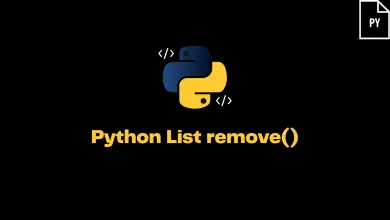
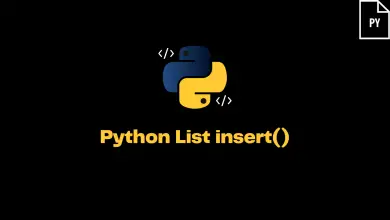
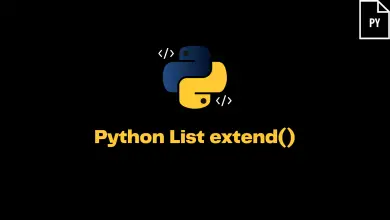
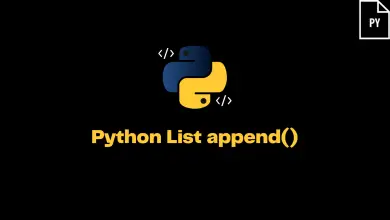
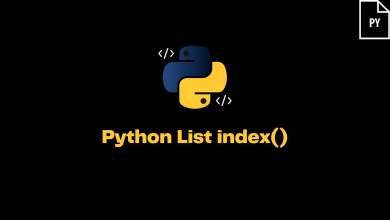

![[Solved] Error: Command Errored Out With Exit Status 1 9 Error: Command Errored Out With Exit Status 1: Python Setup.py Egg_Info Check The Logs For Full Command Output](https://itsmycode.com/wp-content/uploads/2022/03/Error-command-errored-out-with-exit-status-1-390x220.png)
![[Solved] Error:0308010C:digital Envelope Routines::unsupported 10 Error:0308010C:digital Envelope Routines::unsupported](https://itsmycode.com/wp-content/uploads/2022/02/error0308010Cdigital-envelope-routinesunsupported-390x220.png)
![[Solved] Importerror: Cannot Import Name 'Json' From Itsdangerous 11 Importerror: Cannot Import Name 'Json' From Itsdangerousom Itsdangerous](https://itsmycode.com/wp-content/uploads/2022/02/ImportError-cannot-import-name-json-from-itsdangerous-390x220.png)
![[Solved] Error In Plot.new() : Figure Margins Too Large 12 Error In Plot.new() : Figure Margins Too Large](https://itsmycode.com/wp-content/uploads/2022/02/Error-in-plot.new-figure-margins-too-large-390x220.png)


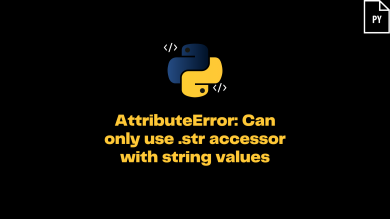
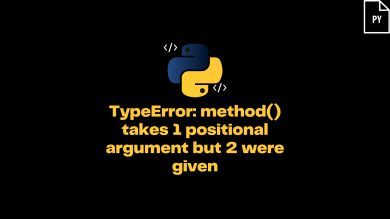
![[Solved] Importerror: No Module Named Matplotlib.pyplot 17 Importerror No Module Named Matplotlib.pyplot](https://itsmycode.com/wp-content/uploads/2022/02/ImportError-No-module-named-matplotlib.pyplot-390x219.png)
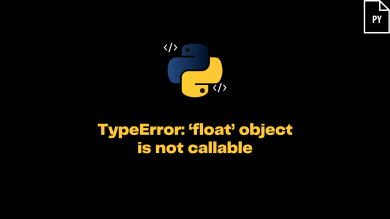
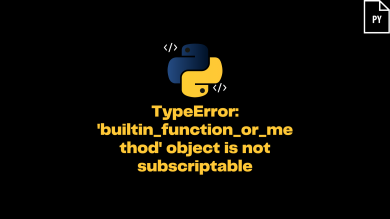
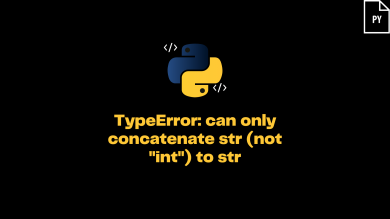
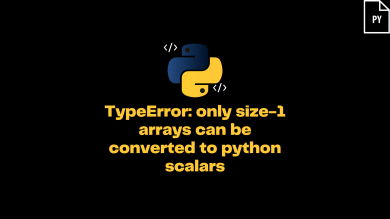

![[Solved] Uncaught Syntaxerror: Cannot Use Import Statement Outside A Module 23 Uncaught Syntaxerror: Cannot Use Import Statement Outside A Module](https://itsmycode.com/wp-content/uploads/2022/01/SyntaxError-cannot-use-import-statement-outside-a-module-390x220.png)

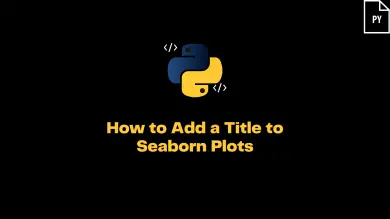

![Python Permissionerror: [Errno 13] Permission Denied 27 Permissionerror [Errno 13] Permission Denied](https://itsmycode.com/wp-content/uploads/2022/01/PermissionError-Errno-13-Permission-denied-390x219.png)

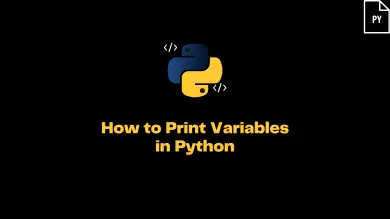

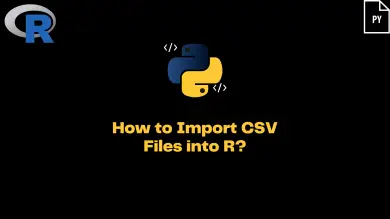

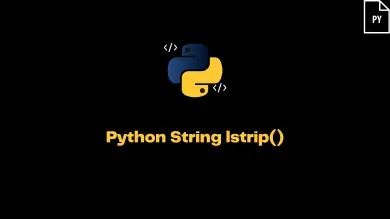
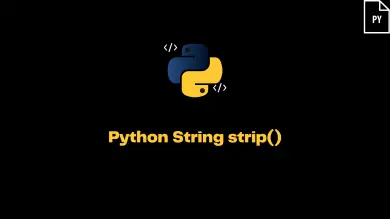
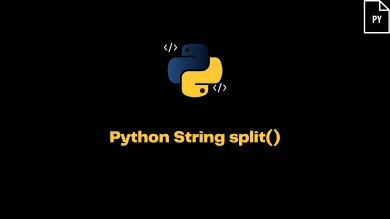
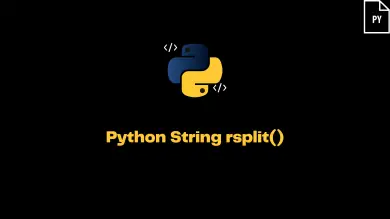
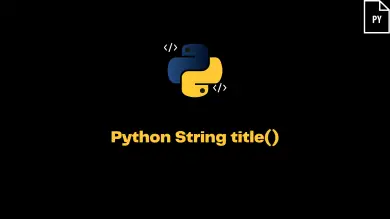
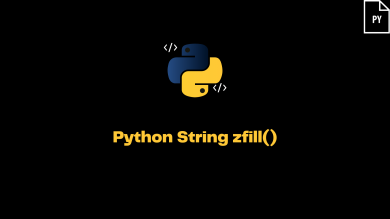
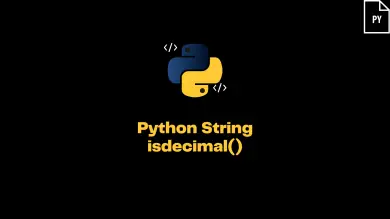
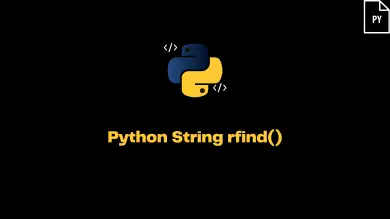
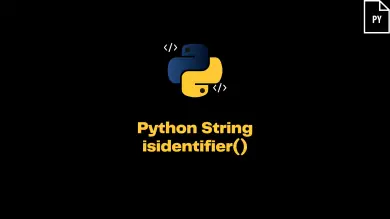

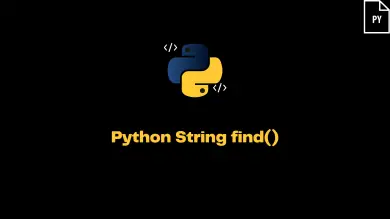
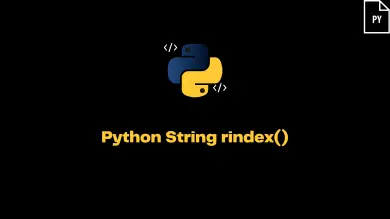
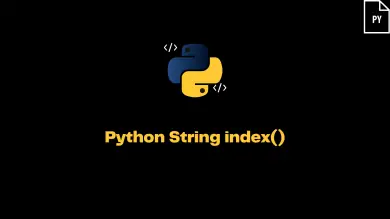

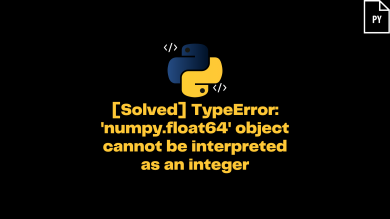

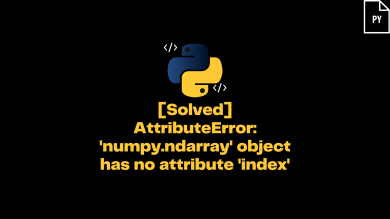
![[Solved] Pandas Typeerror: No Numeric Data To Plot 50 [Solved] Pandas Typeerror No Numeric Data To Plot](https://itsmycode.com/wp-content/uploads/2022/01/Solved-Pandas-TypeError-no-numeric-data-to-plot-390x219.png)
